Own Root V. Budded...Update
roseseek
9 years ago
Related Stories

TRADITIONAL ARCHITECTURERoots of Style: Château Architecture Strides Through a Century
Live like a lord with design details that recall French estates of old, even if they're scaled down and updated for today
Full Story
ARCHITECTURERoots of Style: Do You Live in a Minimalist Traditional House?
Cottages, bungalows, farmhouses ... whatever you call them, houses in this style share several characteristics. See how many your house has
Full Story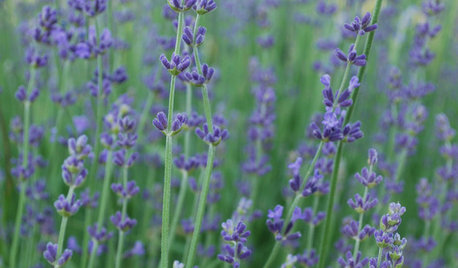
EDIBLE GARDENSHow to Grow Your Own Cocktail Garden
Conceivably, anything edible could find its way into a cocktail. Why not make the route rather short?
Full Story
FIREPLACESUpdated Woodstoves Keep Home Fires Burning
Better technology means more efficiency than ever for modern woodstoves
Full Story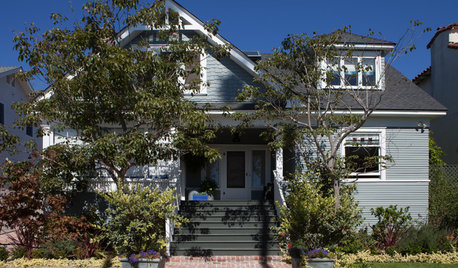
HOUZZ TOURSHouzz Tour: A 1905 Cottage Gets a Major Family Update
Historic Boston meets outdoors Oregon in this expanded California home
Full Story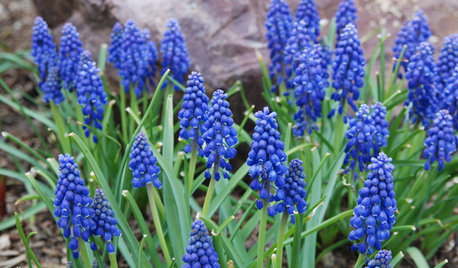
REGIONAL GARDEN GUIDESNortheast Gardener's April Checklist
Revel in the wonders of spring by babying bulbs, sprinkling seeds for root crops and setting out some nibbles for the birds
Full Story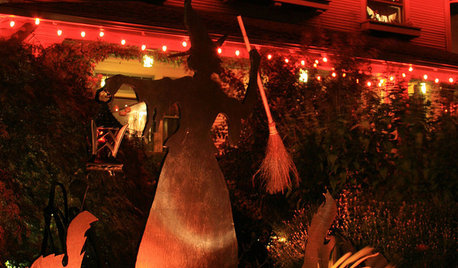
MOST POPULARBewitching Halloween Entryways by Houzzers
Clever, crafty or downright creepy, these outdoor and window decorations by Houzzers cast a spell all their own
Full Story
FUN HOUZZWhat Could You Imagine With Lego's New Architecture Kit?
Go ahead, toy around with wild building ideas. With 1,210 all-white blocks at your disposal, it's OK to think big
Full Story
ARCHITECTURE6 American Takes on Tudor Style
Classic elements and modern twists create plenty of variations on this medieval architectural style
Full Story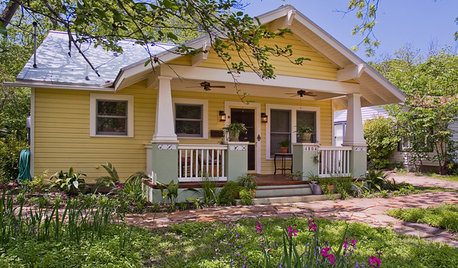
CRAFTSMAN DESIGNBungalows: Domestic Design at the Dawn of the Auto Age
Craftsman details, open floor plans and detached garages make the bungalow-style home an enduring favorite
Full Story






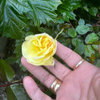


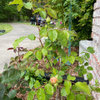
jim1961 / Central Pennsylvania / Zone 6
noacceptance772
Related Professionals
Wrentham Landscape Architects & Landscape Designers · Edmond Landscape Architects & Landscape Designers · Amesbury Landscape Contractors · Berkley Landscape Contractors · Brandon Landscape Contractors · Bristol Landscape Contractors · El Mirage Landscape Contractors · Lakewood Landscape Contractors · Mastic Beach Landscape Contractors · North Canton Landscape Contractors · Rockville Landscape Contractors · Westford Landscape Contractors · Wilton Landscape Contractors · Camp Springs Landscape Contractors · Suisun City Landscape ContractorsroseseekOriginal Author